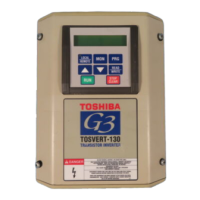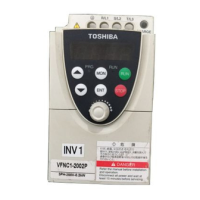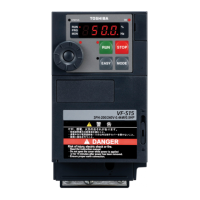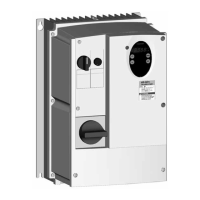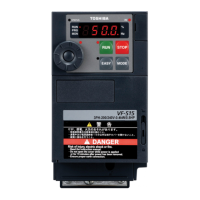2. Grounding
Grounding is of particular importance for reliable, stable operation. Communication
system characteristics may vary from system to system, depending on the system
environment and grounding method used. A ground connection with an impedance of
less than 100Ω should be used. Please be sure to consider the following points for
making proper ground connections:
Grounding method checkpoints
1. Make all ground connections such that no ground current flows through the
inverter case.
2. Ensure that all grounds are connected to points that are at the same potential as
inverter grounds.
3. Do not connect the Modbus interface board's SHIELD terminal to a power ground
or any other potential noise-producing ground connection (such as the inverter's
E/GND terminal).
4. Do not make connections to unstable grounds (paint-coated screw heads,
grounds that are subjected to inductive noise, etc.)
5. Use copper wire with a cross-sectional area of 2mm
2
or larger, or aluminum wire
with a cross-sectional area of 2.6mm
2
or larger for grounding.
3. Equipment Specifications
Item Specification
Operating Environment Indoors, less than 1000m above sea level, do not expose
to direct sunlight or corrosive / explosive gasses.
Operating Temperature
-10 ∼ +40°C (+14 ∼ +104°F)
Storage Temperature
-25°C ∼ +65°C (-13 ∼ +149°F)
Relative Humidity
20% ∼ 90% (without condensation)
Vibration
5.9m/s
2
{0.6G} or less (10 ∼ 55Hz)
Grounding Use a ground connection with an impedance of less than
100Ω.
Cooling Method Self-cooled

